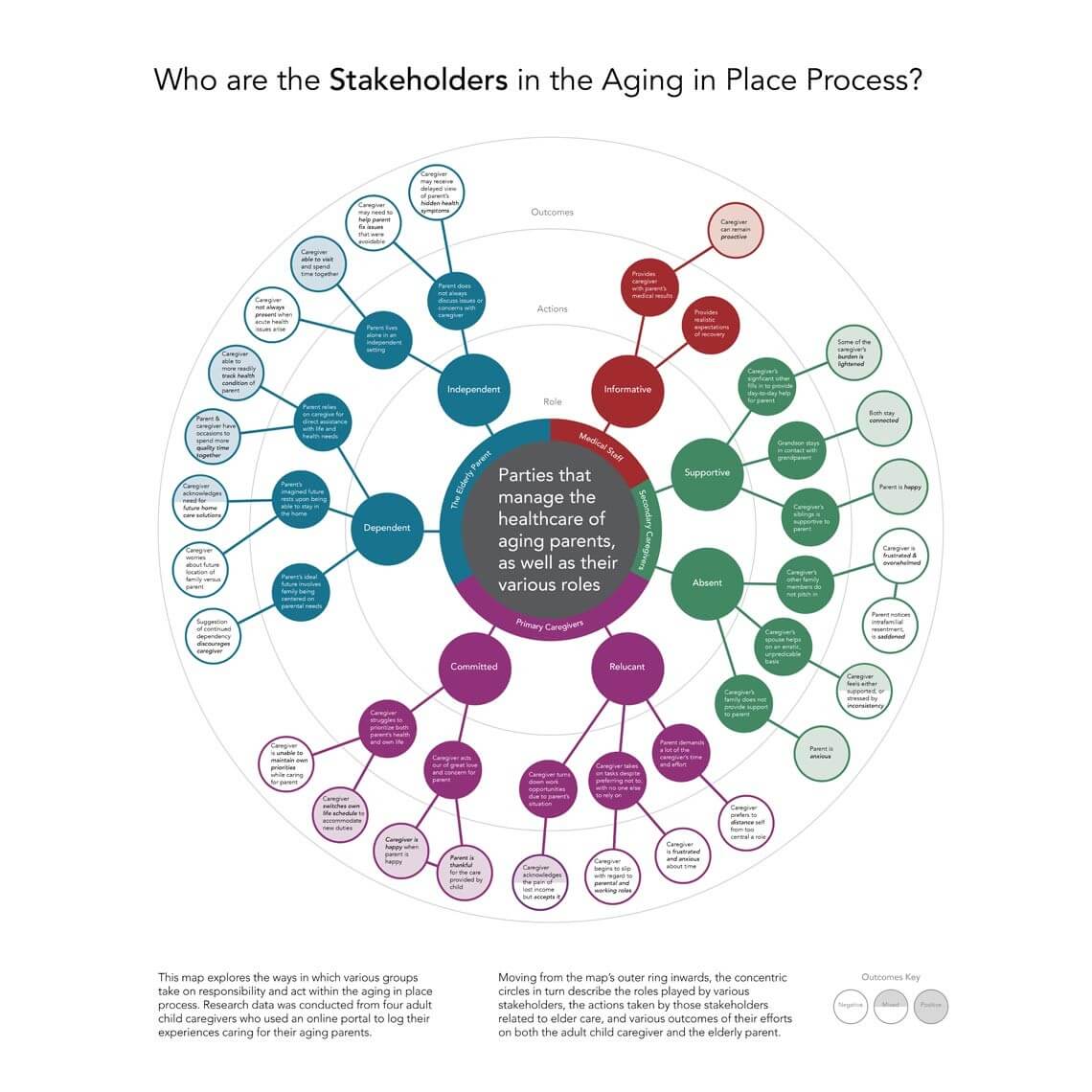
-
- Get Organized
-
- Prioritize
-
- List Your Resources
-
- Assess Needs
-
- Prepare a Proactive Plan
Most of us want to stay at home until we die. We want our independence and our familiar surroundings for as long as possible. Some of us will have to transition to other levels of care due to our future health needs. But until that time, we want to stay in our own home for as long as it is safely possible.
5 Tips for Older Adults
How can we live our life on our own terms? Stay as healthy and physically active as possible. Yes, we will have to modify some of our activities, but we will still be active and social. Maybe I should have placed Proactive Plan as number one, but some folks freak at having to figure out a plan when they do not know where to begin.
-
- Get Organized
Find your ducks and get them in the same pond. What insurance plans do you currently have? List them with the name, policy number and a telephone number. Medical, Dental, Long-term care insurance policy and any other insurance benefit policy. Next, your personal medical history, all of your physicians and healthcare team members, with telephone numbers, list of current medications, dosages and why you are taking them (you may be taking them for some other reason than their intended use).
Do you have a Will, medical and financial power of attorney? Do you have a living Will that states your wishes and desires for your medical care should you become incapacitated? If not, have a party and invite your family and friends so that everyone can do it together. Get it written down. Now, you need to make it legal. You can use Legal Shield (or something like that), that is affordable and have your documents legalized. Now that this is done, continue your party and enjoy. A part of being independent and making your own decision is to take responsibility and the necessary steps to make it happen.
Find your retirement investment(s) information, your pension plan, any other investments that you may have and list the name, policy or account number and telephone number. List all of your banking information and investment advisor’s name and telephone number. Deeds, mortgage loan information, debts owed (credit cards too), vehicle titles,
Get a file box or a fire proof safe and place this information in there. Do not just throw it in there; you have worked hard to gather this information so let’s keep it organized. Use file folders for each item or label envelopes for each item.
2. Prioritize
Assess where you are right now. What might you need to address in the next 6 months? Chronic health concerns and issues, evaluating the safety of your home, adaptive needs, home repair or even some remodeling to allow for safer aging in place (decreasing fall risks), vision, hearing and balance checks,
Wills and powers of attorney, preventing complications of chronic health conditions, increasing lighting in the home, social engagements, increasing physical activity, transportation needs should you become unable to drive, grab bars in shower/tub, eating for your body’s needs (nutritional balance), money coming in and bill payments going out, etc.
Write them down and then rank them in order of importance. Why write them down? What gets written down gets done.
3. List Your Resources
Write down your income resources and how much you can take in each month. What investments, pension plans, retirement plans do you have access to and what can you get to easily and what would take time to access? What are the benefits of your medical insurance? If you have long-term care insurance what will it pay per day and will it cover in-home care? For how long? Would you be willing to sell your current home to move to another home that would be better suited for you and your needs? Everything that you own is a resource that you can use for your needs.
Consider your non-monetary resources such as family, friends, church, civic organizations, government programs and local offices on aging in your area. Find out what is available to you for low to no cost. Resources are things that can benefit you socially, spiritually, emotionally, and even physically.
4. Assess Needs
Realistically look at and write down what you will need to age in place. Once that is done, is it realistic or feasible to stay where you are or might you need to find another place? Can you be objective? Sometimes we can and sometimes we can’t. An occupational therapist can come to your home and assess the situation for safety. Will you need help with cleaning and chores? Can you afford to pay someone to handle that for you? Please do not assume your family will do this for you or that they can stay with you whenever you need them to. They may want to help, but because of their responsibilities they are unable to meet your work needs. Your needs will change over time and you need to expect that and readjust as needed. Be flexible and open to the possibility of change. Change doesn’t have to be bad.
5. Prepare a Proactive Plan
For those of you that fly by the seat of your pants….. You drive the rest of us crazy. Stress will make you do things that you would not normally do. You cannot be rational in a stressful situation. What will a proactive plan provide you? A roadmap or guide so that you have what you need whenever a situation arises and you can make better decisions and choices. You do have to play the “What if” game so that you can look at your choices or options.
Benefits of a proactive plan include: Less stress, More options, Better communication, You know what resources you have and how to access them, You have the information you need in most of your “what if” situations, You get to be with your loved one at a time when they need you emotionally and physically without feeling like a piece of taffy being pulled in 5 different directions all at the same time. Remember, whether you have a plan or don’t have a plan, there will be a plan made. It’s all about having that plan to access when you need it and are too stressed out to do your research.
If you need help, contact me Pat Collins @865-684-8771 or email me at pat@empoweringhealthoptions.com I work with folks throughout the U.S.


